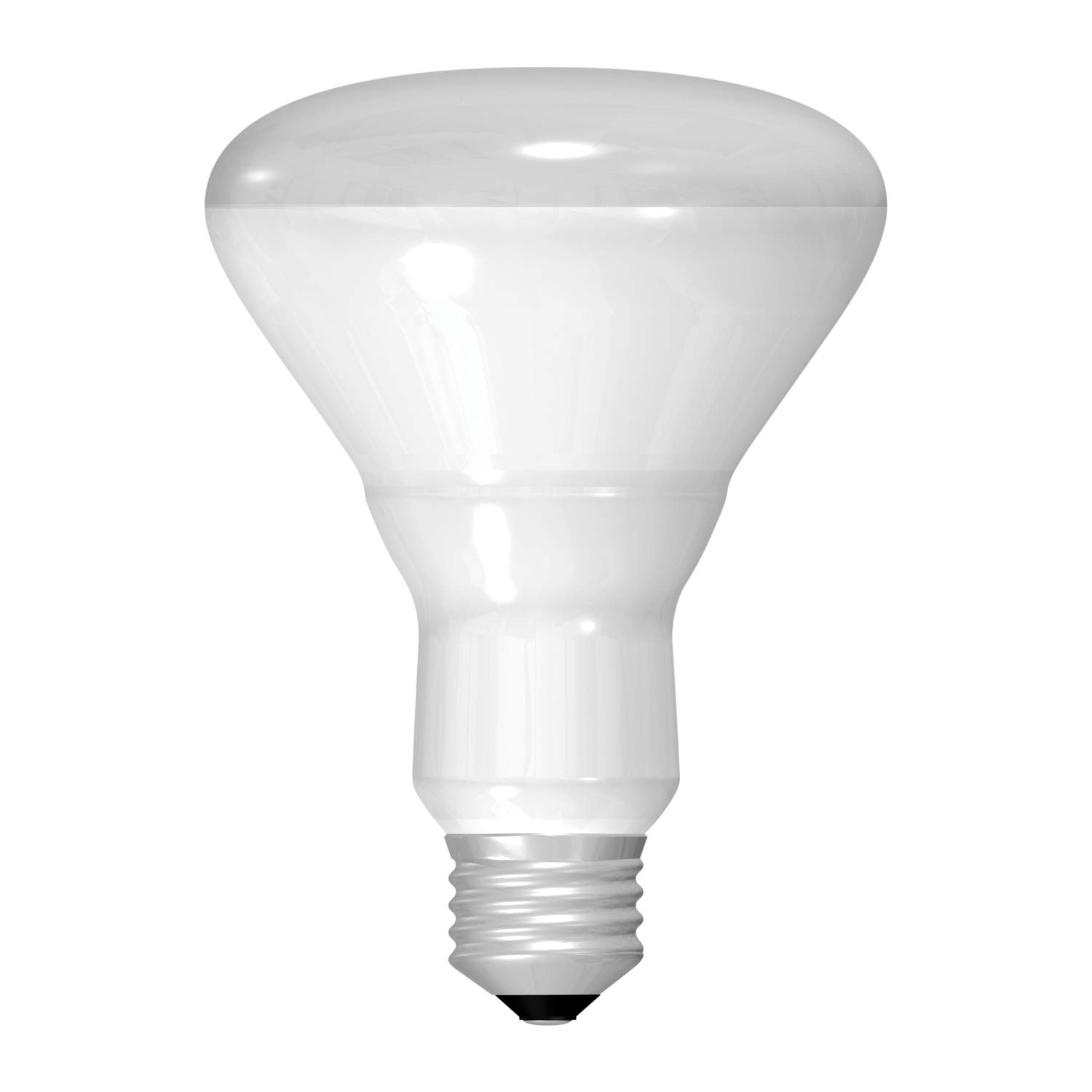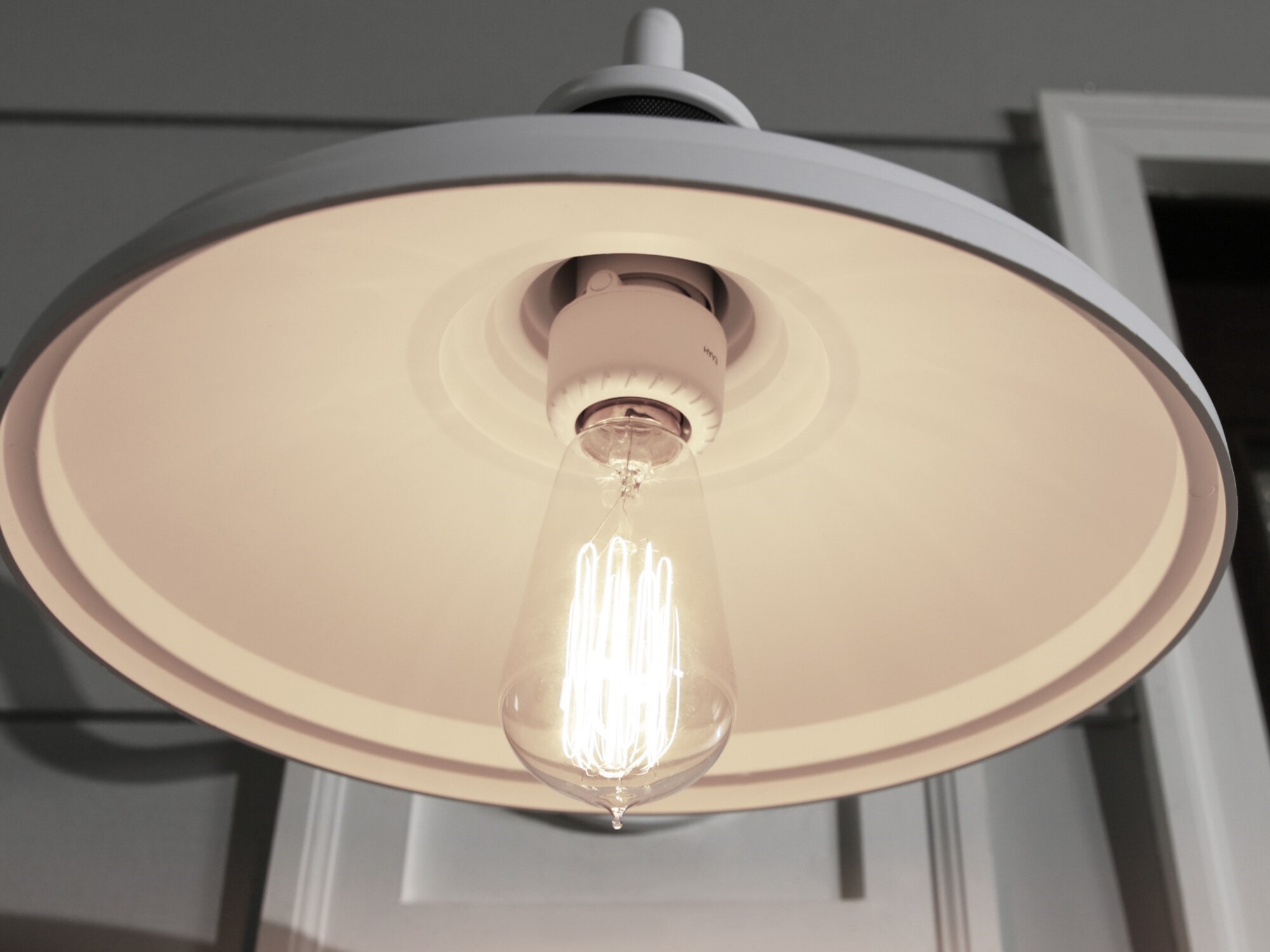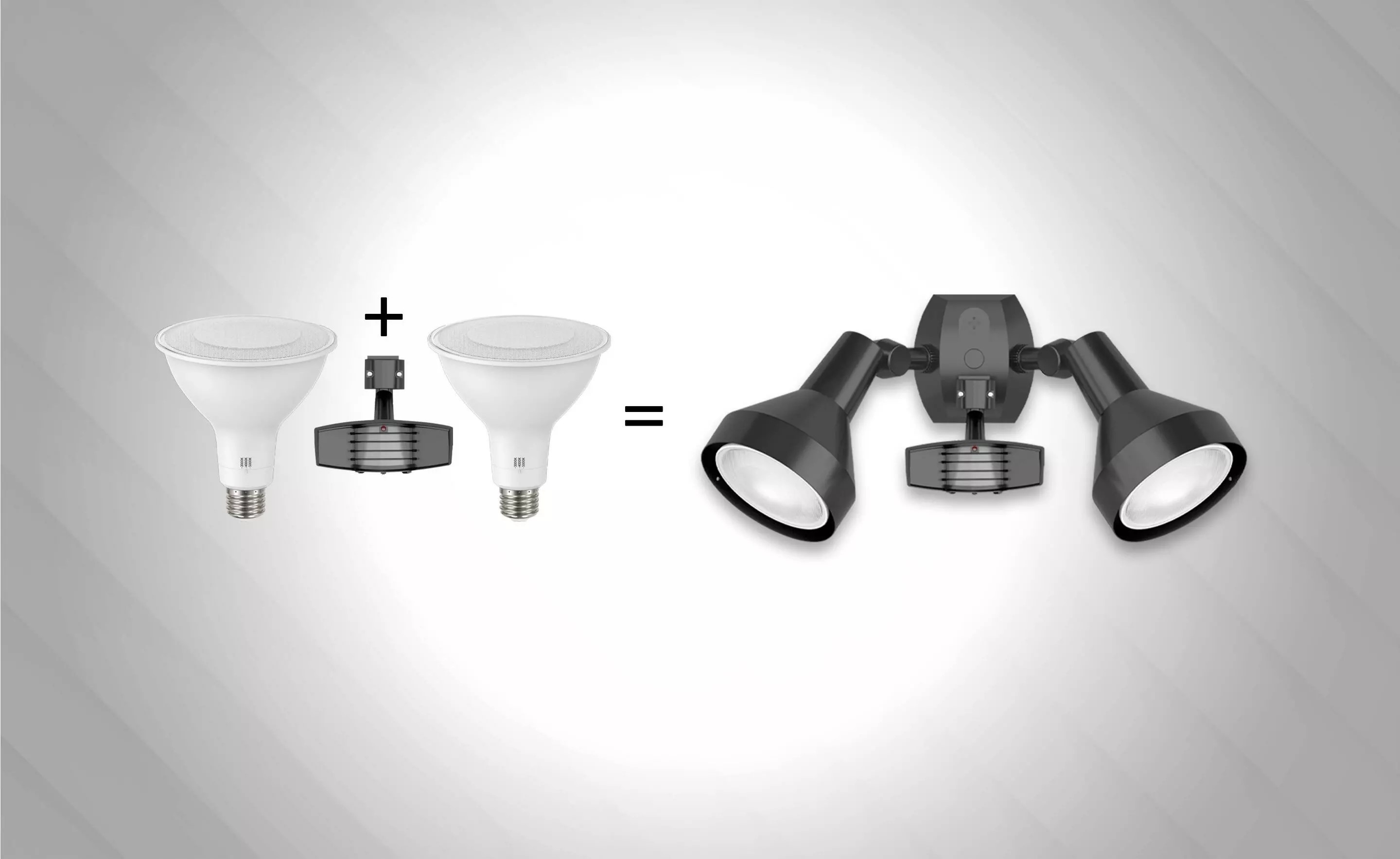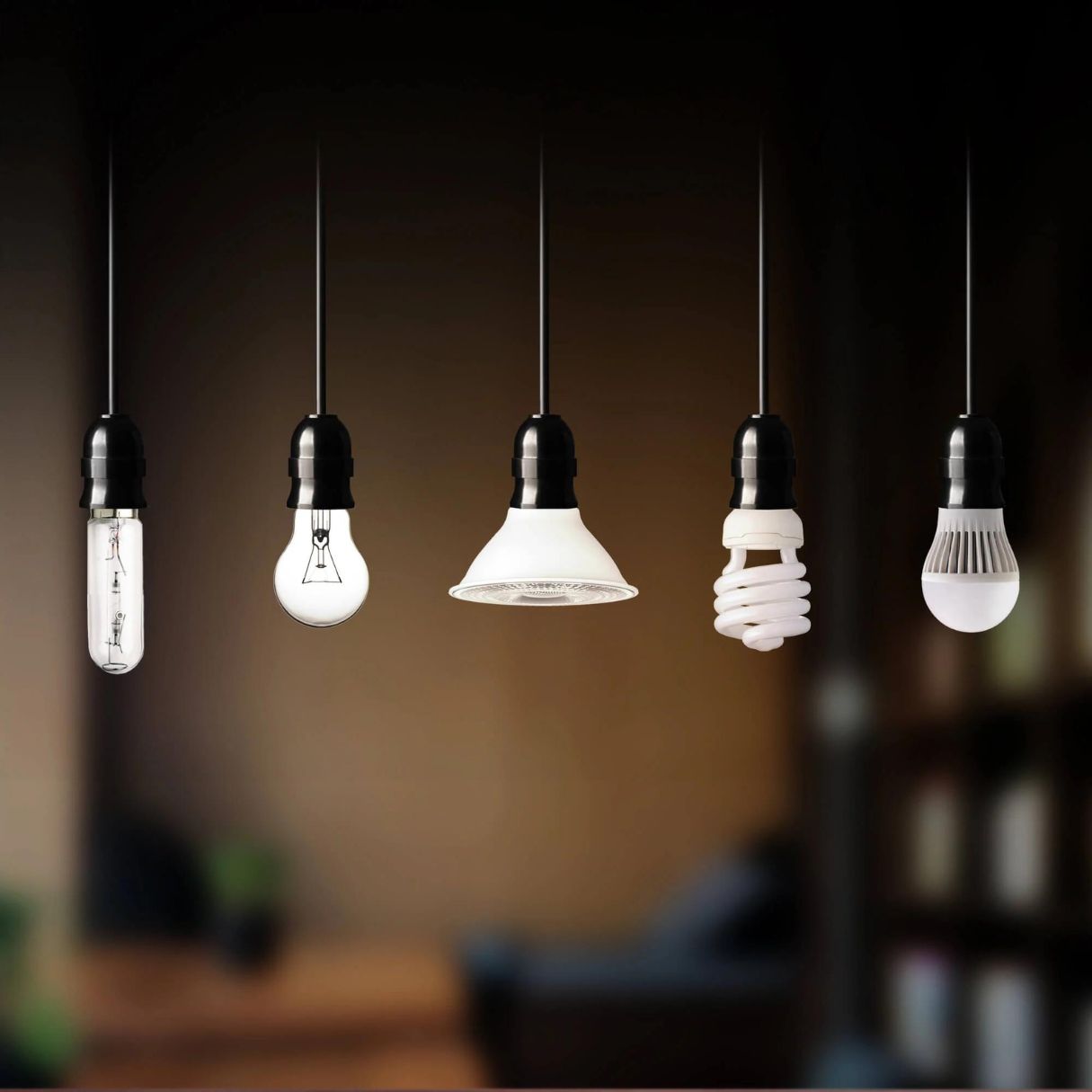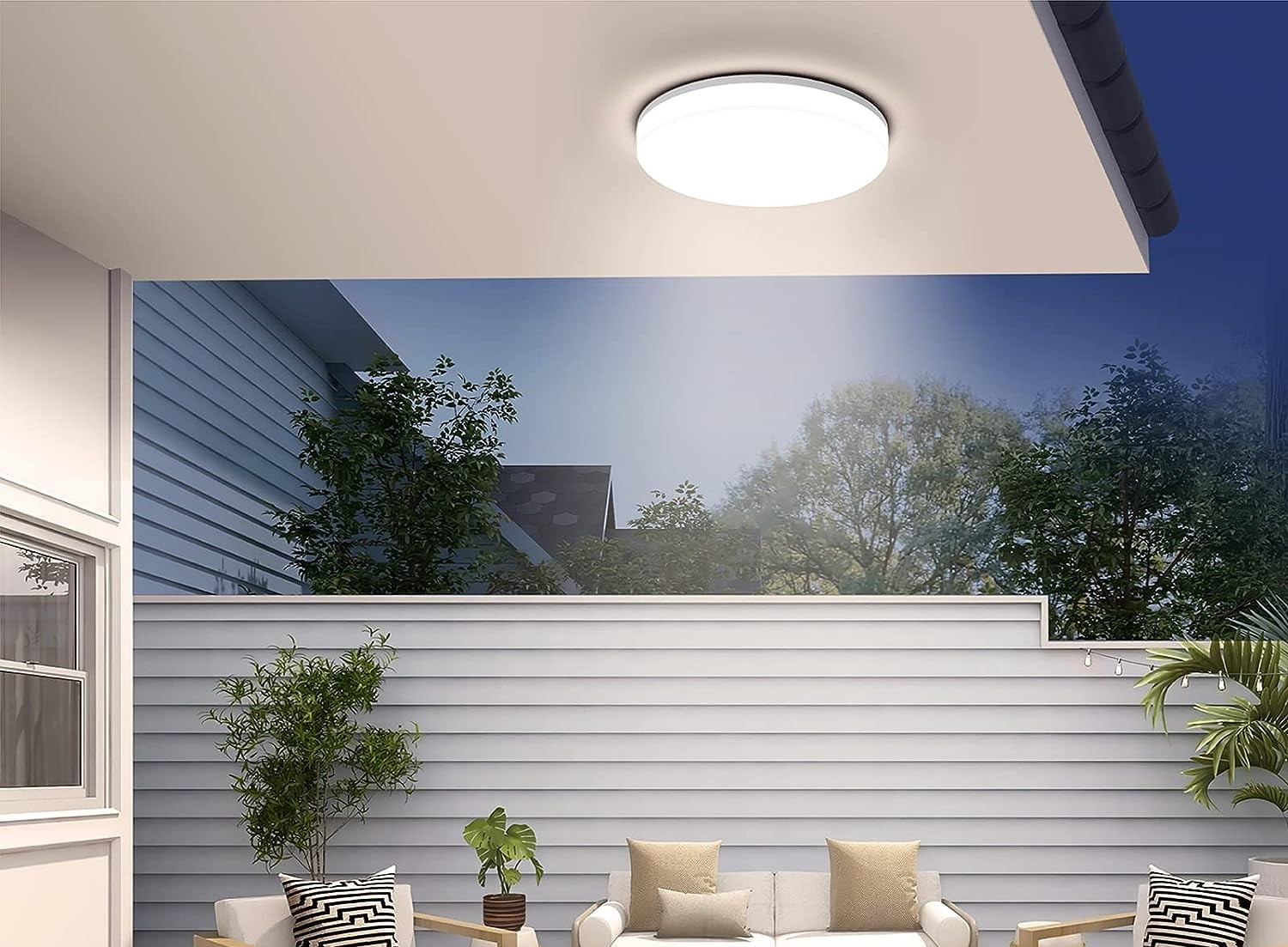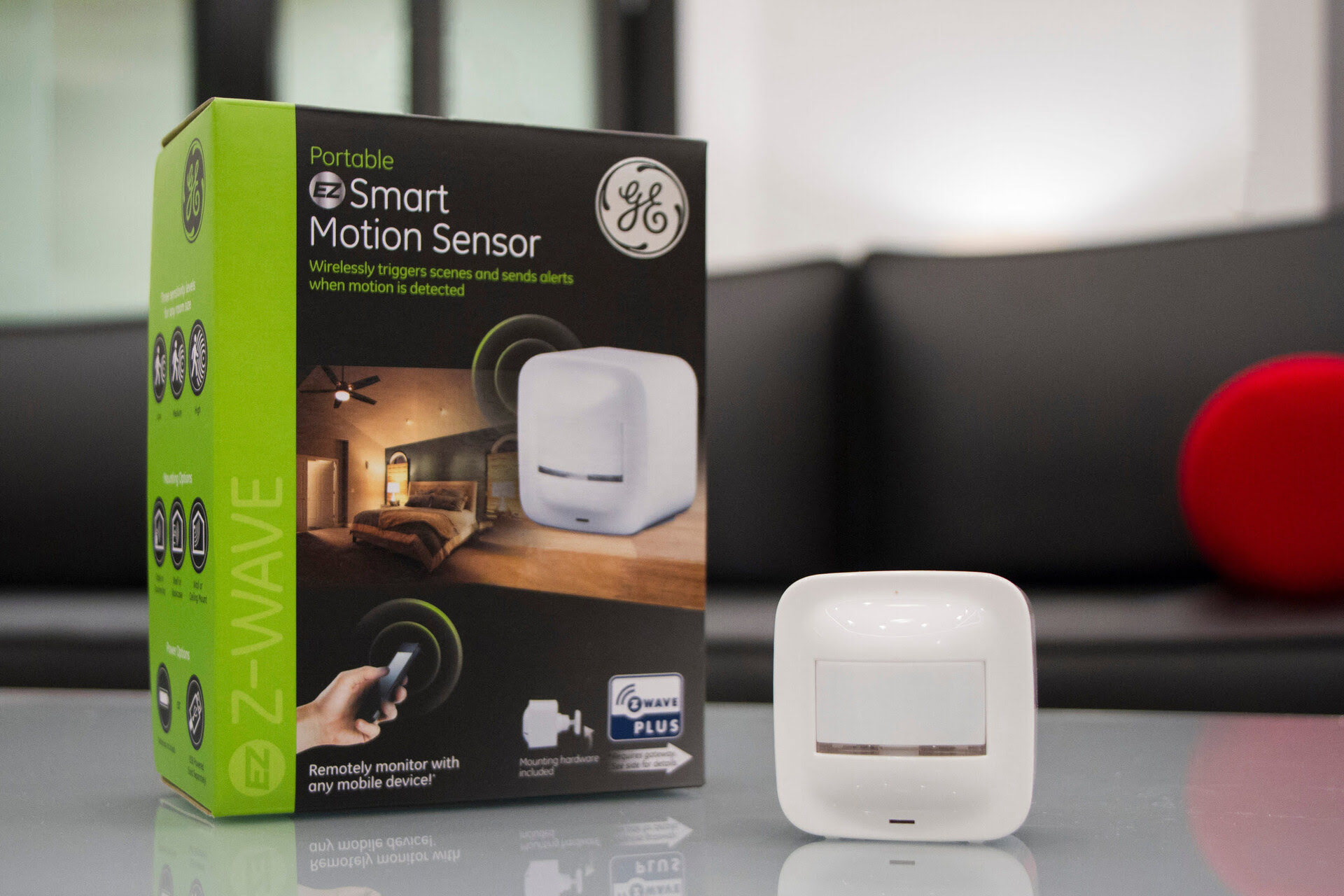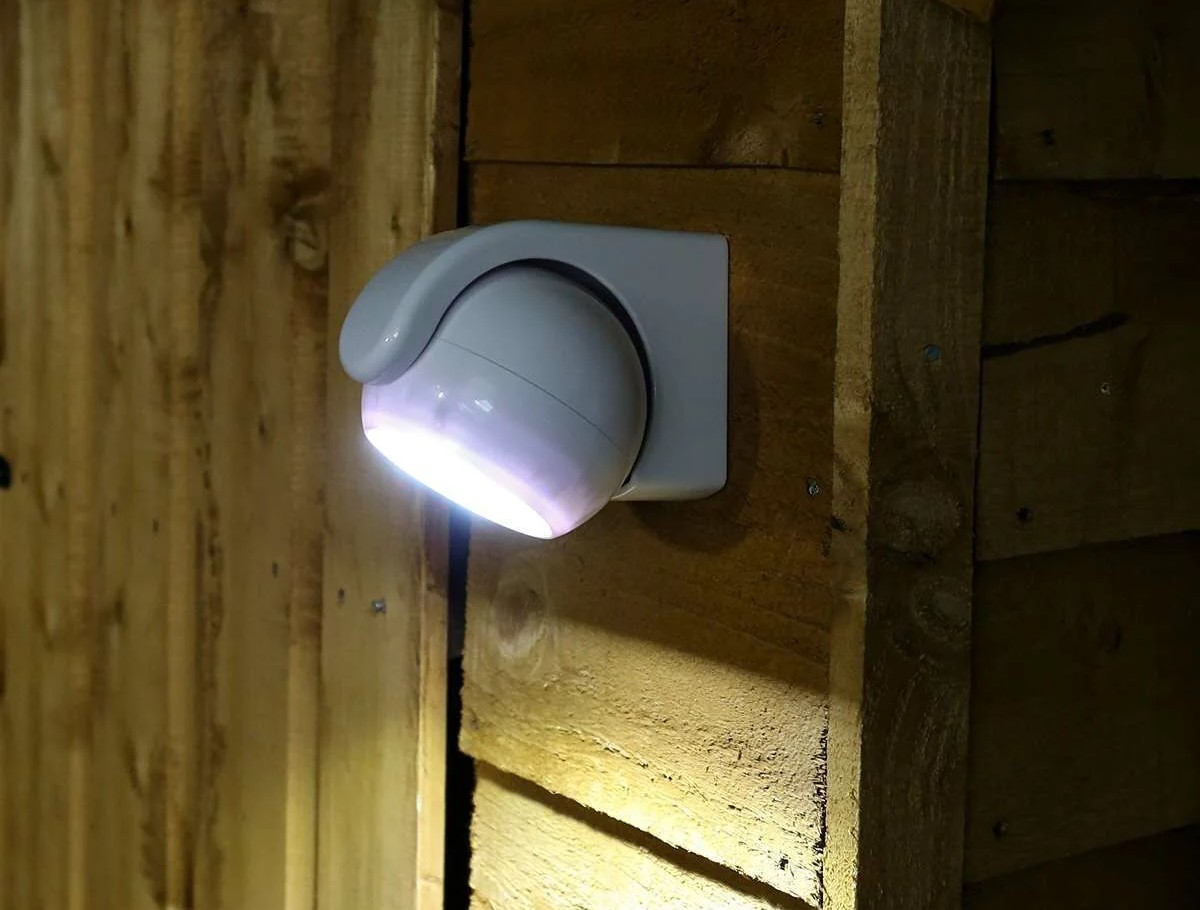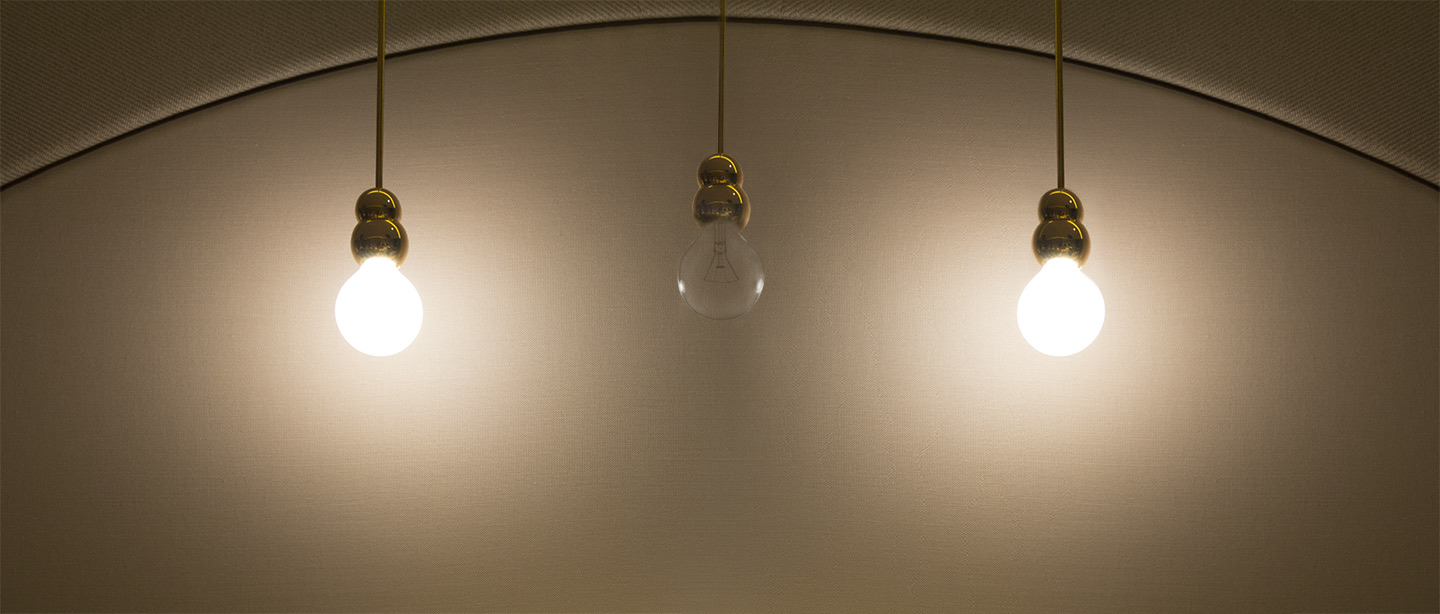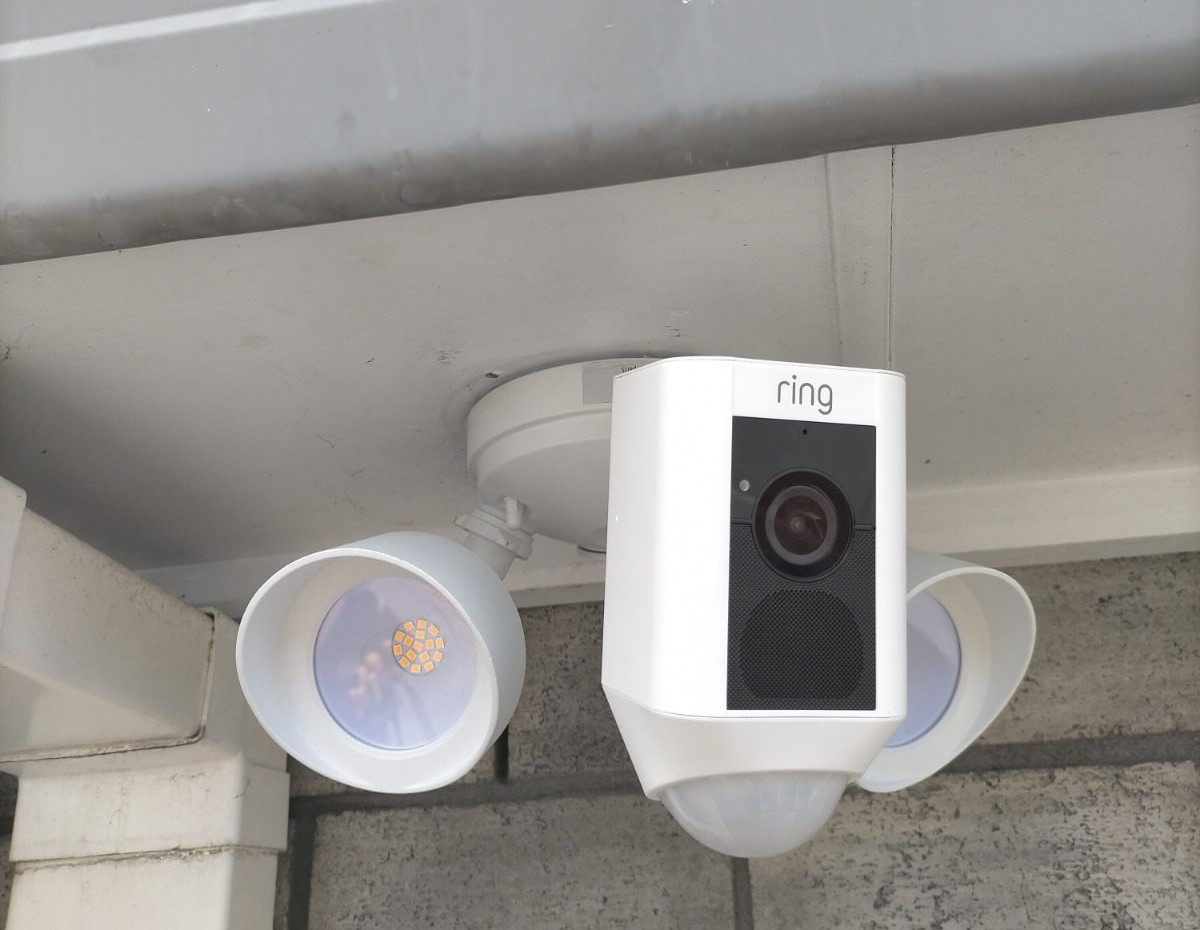Home>Home Security and Surveillance>Why Aren’t LED Flood Light Bulbs Compatible With Motion Detector
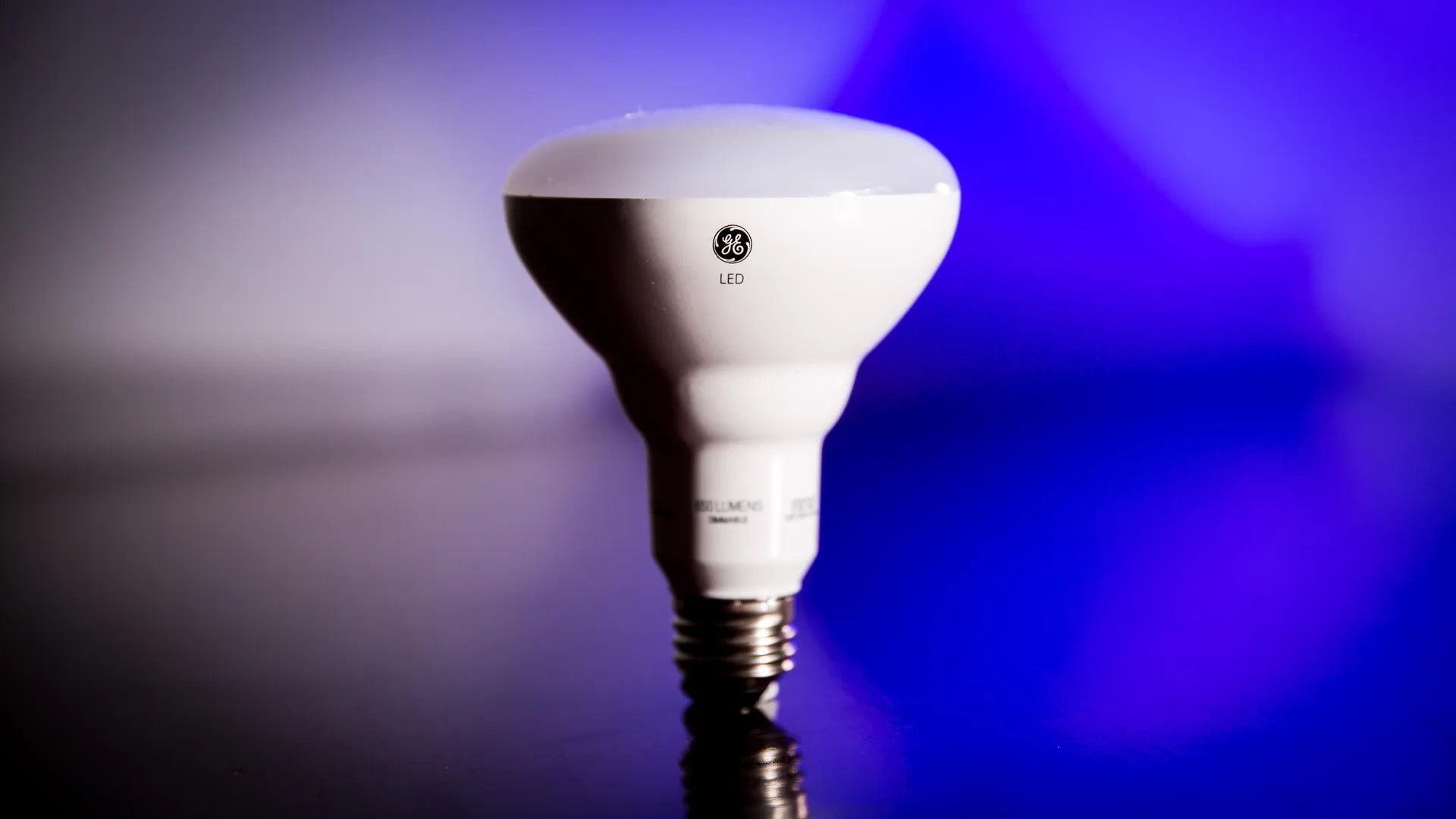

Home Security and Surveillance
Why Aren’t LED Flood Light Bulbs Compatible With Motion Detector
Modified: August 23, 2024
Discover why LED flood light bulbs may not be compatible with motion detectors and how this can affect your home security and surveillance.
(Many of the links in this article redirect to a specific reviewed product. Your purchase of these products through affiliate links helps to generate commission for Storables.com, at no extra cost. Learn more)
Introduction
Welcome to our comprehensive guide on the compatibility issues between LED flood light bulbs and motion detectors. Home security and surveillance systems play a crucial role in protecting our homes and loved ones, and one key component of these systems is the use of outdoor lighting. LED flood light bulbs have gained popularity in recent years due to their energy efficiency and long lifespan. However, homeowners often encounter compatibility issues when trying to use LED flood light bulbs with motion detectors.
In this article, we will explore the reasons behind this incompatibility and discuss potential solutions to make LED flood light bulbs compatible with motion detectors. By understanding the underlying factors, you will be better equipped to make the right choices for your outdoor lighting needs.
Key Takeaways:
- LED flood light bulbs may not work well with motion detectors due to differences in technology, potential interference, and inconsistent detection, leading to flickering or dimming lights.
- To make LED flood light bulbs compatible with motion detectors, consider using bulbs designed for motion detectors, updating the motion detectors, installing external relays, checking electrical infrastructure, and seeking professional guidance.
Read more: What Is A Flood Light Bulb?
Understanding LED Flood Light Bulbs
LED flood light bulbs are a popular choice for outdoor lighting applications due to their many advantages. Unlike traditional incandescent or halogen bulbs, LED flood light bulbs are highly energy-efficient, using significantly less electricity to produce the same amount of light. This energy efficiency not only helps reduce electricity bills but also minimizes the environmental impact of lighting.
In addition to being energy-efficient, LED flood light bulbs have a longer lifespan compared to traditional bulbs. They can last up to 20 times longer, reducing the frequency of bulb replacements and saving both time and money in the long run.
LED flood light bulbs also provide excellent brightness and illumination, making them ideal for illuminating large outdoor areas. They offer a bright, clear light that enhances visibility and security, making them an essential component of home security and surveillance systems.
Furthermore, LED flood light bulbs are available in a range of colors and intensities, allowing homeowners to choose the perfect lighting ambiance for their outdoor spaces. Whether you want a warm, inviting glow or a bright, white light, LED flood light bulbs offer versatility in meeting your lighting preferences.
Overall, LED flood light bulbs offer numerous benefits, including energy efficiency, long lifespan, and versatile lighting options. However, when it comes to compatibility with motion detectors, homeowners often encounter certain challenges that need to be addressed.
The Functionality of Motion Detectors
Motion detectors are an essential component of home security systems as they help detect any movement or activity in the monitored area. These devices are designed to provide an additional layer of protection by triggering an alert or activating a specific response when motion is detected.
Typically, motion detectors work by emitting various forms of energy, such as infrared or microwave radiation, and then detecting changes in that energy caused by moving objects. When motion is detected, the detector sends a signal to the control panel, which can then activate security measures like turning on lights, sounding an alarm, or even sending alerts to the homeowner’s smartphone.
Motion detectors are commonly used both indoors and outdoors to monitor different areas of a property. Outdoor motion detectors are particularly important for home security as they can detect any unauthorized activity in the vicinity, serving as a deterrent for potential intruders.
Motion detectors are often paired with outdoor lighting systems to provide enhanced security and convenience. When motion is detected, the lighting system can be programmed to turn on automatically, illuminating the area and deterring potential intruders. This not only helps to increase visibility and safety but also provides a sense of security for homeowners.
While motion detectors offer several benefits, it is important to ensure that they are compatible with the type of light bulbs used in the outdoor lighting system. In the case of LED flood light bulbs, specific compatibility issues may arise that need to be addressed to ensure the smooth operation of the motion detection functionality.
Compatibility Issues Between LED Flood Light Bulbs and Motion Detectors
When it comes to using LED flood light bulbs with motion detectors, compatibility issues can arise due to several factors. These issues can vary depending on the specific models and brands of the LED bulbs and motion detectors being used. Let’s explore some common compatibility issues:
- Inconsistent Detection: One of the main compatibility issues is the inconsistency in motion detection when LED flood light bulbs are used. Motion detectors rely on detecting changes in energy levels, such as heat or movement. However, LED bulbs produce less heat compared to traditional incandescent bulbs, which can affect the accuracy of motion detection. As a result, motion detectors may fail to detect motion accurately or may have delayed responses when LED flood light bulbs are used.
- Flickering or Dimming: LED flood light bulbs are designed to be powered by a constant current. However, some motion detectors are not compatible with the low current draw of LED bulbs, leading to issues like flickering or dimming of the lights. This can be not only a nuisance but also compromises the effectiveness of the security lighting.
- Potential Interference: LED flood light bulbs operate on a different frequency than traditional incandescent bulbs, which can interfere with the radio frequency of certain motion detectors. This interference can disrupt the signal transmission between the motion detector and the control panel, causing false alarms or a complete failure of the motion detection system.
- Incompatible Wiring: LED flood light bulbs often require specific wiring configurations, such as a compatible driver or ballast, to operate efficiently. Some older motion detector systems may not support these wiring requirements, leading to incompatibility issues and potential damage to the LED bulbs.
- Compatibility with Dimming: Dimming functionality is commonly used with LED flood light bulbs to adjust the brightness levels according to the preference or need. However, not all motion detectors are compatible with dimmable LED flood light bulbs, which can limit the flexibility and customization of the outdoor lighting system.
These are just a few examples of the compatibility issues that can arise when using LED flood light bulbs with motion detectors. It is crucial to understand these issues to ensure that your home security and outdoor lighting systems work seamlessly together.
Some LED flood light bulbs are not compatible with motion detectors because they require a constant flow of electricity to operate, while motion detectors interrupt the flow. Look for “dimmable” or “motion sensor compatible” LED bulbs.
Possible Reasons for Incompatibility
The incompatibility between LED flood light bulbs and motion detectors can be attributed to several factors. Understanding these reasons can help shed light on why compatibility issues arise. Here are some possible reasons for the incompatibility:
- Differences in Technology: LED flood light bulbs and motion detectors are designed using different technologies. LED bulbs use advanced semiconductor technology to produce light, while motion detectors utilize various technologies such as infrared or microwave sensing. These technological differences can lead to compatibility issues, as the systems may not communicate or operate seamlessly with each other.
- Quality and Standards: The quality and standards of both the LED bulbs and motion detectors can impact compatibility. Lower-quality bulbs or detectors may not meet the necessary specifications or standards, leading to performance issues and incompatibility with each other. It is important to purchase reliable and reputable products that adhere to industry standards.
- Manufacturer Variations: Different manufacturers have their own unique designs and specifications for LED bulbs and motion detectors. Even if both components are high-quality, they may not be designed to work together due to variations in the internal circuits, wiring configurations, or communication protocols. This can result in compatibility issues that require additional troubleshooting or adjustments.
- Aging Infrastructure: In some cases, the incompatibility between LED flood light bulbs and motion detectors can be attributed to aging infrastructure. Older electrical systems, including wiring, circuits, and control panels, may not be designed to accommodate the specific requirements of LED bulbs. This can lead to voltage fluctuations, insufficient power supply, or improper grounding, resulting in compatibility issues.
- Lack of Standardization: Despite efforts to establish industry standards, there is still a lack of universal standards for LED bulbs and motion detectors. This lack of standardization can contribute to compatibility issues, as manufacturers may have different interpretations or implementations of specifications. This makes it challenging for consumers to ensure seamless compatibility between different brands or models.
While these are some possible reasons for the incompatibility, it is important to note that each situation may have unique factors contributing to the issue. Consulting with professionals or reaching out to the manufacturers can help you gain a better understanding of the specific reasons behind the compatibility issues you are experiencing.
Read more: How To Install Motion Detector Flood Lights
Solutions to Make LED Flood Light Bulbs Compatible with Motion Detectors
Fortunately, there are several solutions available to address the compatibility issues between LED flood light bulbs and motion detectors. Implementing these solutions can help ensure the smooth integration and operation of your outdoor lighting and security systems. Here are some solutions to consider:
- Choose LED Bulbs Designed for Motion Detectors: Look for LED flood light bulbs specifically designed for use with motion detectors. These bulbs are engineered to mitigate compatibility issues and work seamlessly with motion detection systems. They are optimized to provide accurate motion detection response and reliable illumination, eliminating flickering, dimming, and other compatibility-related problems.
- Update Motion Detectors: Consider updating your motion detectors to models that are compatible with LED flood light bulbs. Newer motion detection systems are often designed to accommodate the lower current draw and different energy characteristics of LED bulbs. Look for motion detectors that specifically state compatibility with LED lighting systems.
- Install External Relays: In some cases, installing external relays between the motion detectors and LED flood light bulbs can help resolve compatibility issues. These relays act as intermediaries, providing the necessary power regulation and compatibility adjustments to ensure smooth operation. Consult with a professional electrician to determine the appropriate relay setup for your specific situation.
- Check Electrical Infrastructure: Make sure your electrical infrastructure, including wiring, circuits, and control panels, is in good condition and meets the requirements for LED flood light bulbs. Older infrastructure may need upgrades or modifications to support the specific power demands and voltage stability of LED bulbs. Consulting with an electrician can help identify any necessary updates or improvements.
- Consult with Professionals: If you are experiencing persistent compatibility issues, it is advisable to consult with professionals who specialize in home security systems or outdoor lighting. They can assess your specific setup, identify the root causes of the compatibility issues, and recommend tailored solutions that meet your requirements.
Remember that compatibility issues can vary depending on the specific products and systems you are using. It is essential to understand the unique characteristics and specifications of your LED flood light bulbs and motion detectors and seek appropriate solutions accordingly.
By implementing these solutions, you can ensure the seamless integration of LED flood light bulbs with motion detectors, enhancing both your outdoor lighting system’s efficiency and the overall security of your property.
Conclusion
In conclusion, while LED flood light bulbs offer numerous advantages, compatibility issues can arise when integrating them with motion detectors. Understanding the reasons behind these issues is crucial for homeowners looking to enhance their home security and outdoor lighting systems.
The incompatibility between LED flood light bulbs and motion detectors can stem from differences in technology, variations in quality and standards, manufacturer discrepancies, aging infrastructure, and a lack of standardization. These factors can lead to inconsistent motion detection, flickering or dimming lights, potential interference, incompatible wiring, and limited dimming functionality.
Fortunately, there are solutions available to address these compatibility issues. These solutions include opting for LED bulbs designed specifically for motion detectors, updating the motion detectors themselves, installing external relays, checking and upgrading the electrical infrastructure, and seeking professional guidance when needed.
By implementing these solutions, homeowners can ensure the smooth integration of LED flood light bulbs with motion detectors, enhancing the effectiveness of their home security and outdoor lighting systems. It is essential to find the right balance between energy efficiency, lighting quality, motion detection sensitivity, and compatibility to create a secure and well-lit outdoor environment.
Remember to consider the specific requirements of your LED flood light bulbs and motion detectors, as well as consult with professionals when needed. By doing so, you can enjoy the benefits of LED lighting while maximizing the functionality and effectiveness of your home security and surveillance systems.
With the right approach, you can create a well-rounded and compatible lighting system that provides enhanced security, energy efficiency, and peace of mind for you and your loved ones.
Frequently Asked Questions about Why Aren't LED Flood Light Bulbs Compatible With Motion Detector
Was this page helpful?
At Storables.com, we guarantee accurate and reliable information. Our content, validated by Expert Board Contributors, is crafted following stringent Editorial Policies. We're committed to providing you with well-researched, expert-backed insights for all your informational needs.
